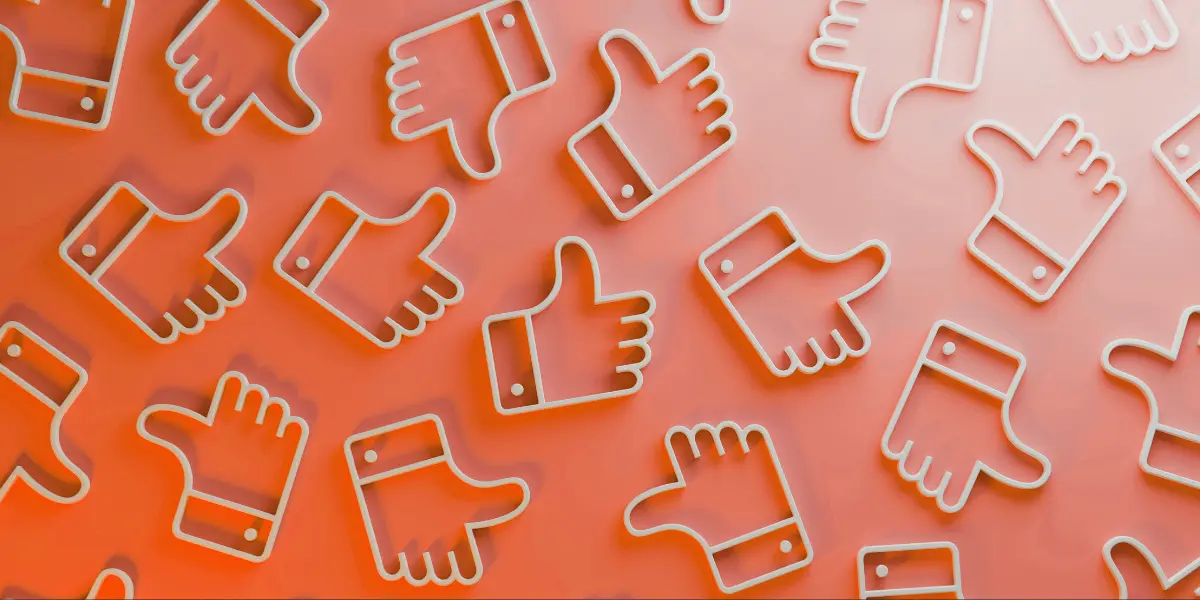Social media marketing can help aid you in your business journey, especially with goals and objectives such as conversions, building brand awareness, creating website traffic and improving and building relationships with customers.
Our four-part guide to social media for your business in 2019 continues with the next big social media platform – Twitter, which offers different benefits to your brand than other social media sites. However, you can read the first part of our guide on Facebook, here.
Why Should I Be Using Twitter?
According to research and statistics carried out in late 2018, there are currently 326 million people using Twitter a month, with 500 million tweets going out a day. Twitter is definitely a social media platform that shouldn’t be ignored.
Depending on your audience, Twitter is pretty consistent with the demographic of individuals that use it. Around 13 million users on Twitter are from the United Kingdom and roughly 37% are between the ages of 18 and 29, and 25% between 30 and 49 years old. The social media platform covers a varied range of people with both male and female Internet users using Twitter equally.
In 2014 it was found that 83% of the Fortune 500 had a Twitter presence and that number is likely to have risen as Twitter has become bigger and started to highlight the importance of quality content on its site. If you’re not already tweeting, then you are definitely missing out.
What Should I Be Doing on Twitter?
Interacting with Your Audience
Twitter is incredible for engaging with your audience and building trusting relationships with your customers. Tweetdeck, a social media dashboard app that works in your browser, is a useful tool when it comes to finding potential clients to engage with. All you have to do is type in a keyword, like ‘social media’, and you’ll create a column with every user that has ever mentioned that word or search term. You can then filter the tweets, so they only come from a certain location, specifically the area you want to target. You can set up multiple columns with different search terms and find lots of different people to interact with.
Also, Tweetdeck allows you to follow users and see all their tweets in a column alongside the others and create lists of Twitter profiles you want to see tweets from – you could include competitors, so you can see what they’re doing, users in your industry, so you can keep up to date with news or even include people you want to work with or already do.
77% of Twitter users feel more positive about a brand when their tweet has been replied to, so it’s vital to keep on top of what people are saying about your business. One way to do this is by including your brand name as a column on Tweetdeck – this way you can see what people are talking about regarding your company and reply quickly to anyone asking questions. It’s also a great way to manage complaints and gain feedback on your products and services. If a person is complaining about your brand, you can reply to the tweet and get on top of the issue before it becomes more of a problem. 78% of people who complain on Twitter, expect a response and a solution within an hour, so it’s important to regularly keep an eye on your interactions.
Responding on Twitter makes your company seem more human and gives your business the chance to be friendly and more humourous – it opens a new channel of communication that can be light-hearted and create a different tone for your brand.
Time to Share Video Content
Twitter is a great place to share video content and you can track how well the video is performing and even see how long users are watching for. All you have to do is make the content worthy enough for an individual to stop scrolling down their feed and watch the video. Twitter gives their own advice on sharing video content suggesting brands should flash their logo, include people, tell a story and include captions.
You can also share numerous GIFs from the Twitter database too to vary up posts and share something more relatable to your audience.

Hashtag Your Holidays
Even though hashtagging has been overdone and has seemingly died out on all other social media platforms, the hashtag still thrives on Twitter. Hashtags are still a popular way to generate engagement, start conversations with potential clients and keep up with news in your industry. Twitter classify a hashtag as a means of categorising a tweet, so people can find that topic more easily on the social media site.
Hashtags work well with National Holidays as at least someone on Twitter will be talking about the same International or industry day as well. For example, if you tweet about kites on ‘#InternationalKiteDay’ you not only create brand awareness, but you also could potentially start conversations with people looking to talk about the day with you too.
Advertise with Twitter
Twitter also has analytics which help you identify what is working well and what isn’t. Twitter analytics lets you discover your audience’s interests, occupation, gender, education, marital status and buying style. You can also view your top tweets, monthly reach and current followers all from the analytics home page.

You can then use this knowledge, along with a selection of keywords and location to target potential customers or clients when creating advertising campaigns.
Advertising on Twitter can be really useful as it lets you target in a very specific way – you can remarket to users who have recently engaged with your tweets, or even remarket to users who have recently seen them. This means you cut out a lot of people that won’t be interested in your products and services and spend your money on individuals that are more likely to interact and buy from your brand.
Twitter also lets you target keywords, instead of whole topics like Facebook advertising allows. This means you can select a more specified word and filter down to an audience you’ll find much more useful.
As social media specialists, we help businesses all around the world reach their digital marketing objectives. If your business needs help with advertising or social media marketing on Twitter or any social platform in our four-part guide to social media for your business in 2019, please get in touch today.






